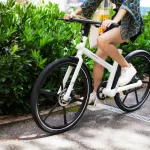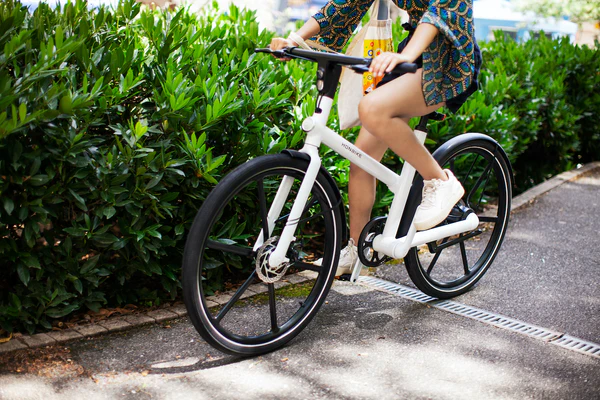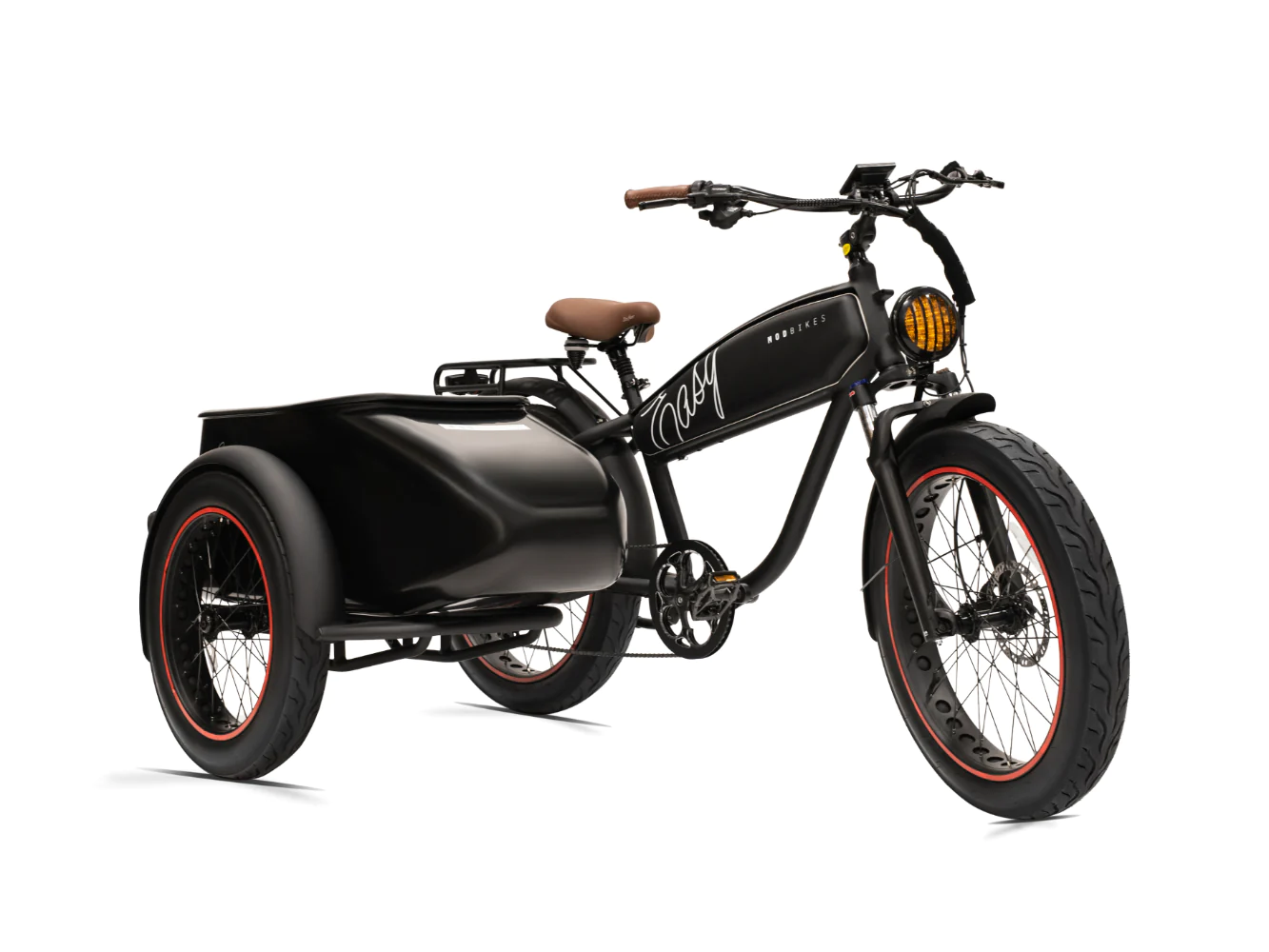Shopping for an e-bike can be an exciting but daunting task. With the growing popularity of electric bikes, numerous options are available in the market. To ensure you make an informed decision and find the right e-bike for your needs. This article will provide quick shopping tips to guide you through choosing an e-bike.
Determine Your Riding Needs
Looking for ebike near me? Before you start shopping, assess your riding needs and preferences. Consider the following factors:
- Commuting or Recreation
Determine if you’ll primarily use the Men Foldable e-bike for commuting, recreational rides, or a combination. This will help you choose the appropriate e-bike type and features.
- Terrain and Distance
Consider the terrain you’ll be riding on—whether it’s hilly, flat or a mix of both. Also, consider the distance you’ll cover on a typical ride. This information will influence the e-bike’s motor power, battery capacity, and range requirements.
- Cargo and Carrying Capacity
If you plan to carry groceries, backpacks, or other cargo on your e-bike, consider models with racks, baskets, or panniers for easy transportation.
Choose the Right E-Bike Type
E-bikes come in various styles and designs, each suited for different riding purposes. Consider the following types:
- Commuter E-bikes
These models prioritize comfort, practicality, and efficiency for daily commuting. They often feature fenders, lights, and racks for storage.
- Mountain E-bikes
Designed for off-road adventures, mountain e-bikes have suspension systems, knobby tires, and powerful motors for tackling rugged terrains.
- Folding E-bikes
Ideal for those with limited storage space or who need to combine e-bike usage with public transportation, folding e-bikes offer portability and convenience.
- Step-Through E-bikes
These models have a low-step frame, making them easy to mount and dismount. They’re popular among riders seeking comfort and accessibility.
- Fat Tire E-bikes
Fat tire e-bikes feature wide tires that provide stability and traction, making them suitable for sand, snow, and other challenging terrains.
Consider Motor Type and Power
The motor is a critical component of an e-bike, influencing its performance and capabilities. Consider the following motor-related factors:
- Motor Placement
E-bikes typically have motors mounted either on the front wheel, rear wheel, or the bike’s center near the pedals. Each placement has its advantages and affects the bike’s balance and handling.
- Motor Power
The power is measured in watts (W). Higher wattage generally translates to more torque and better performance, especially when riding on hilly terrain. Consider your riding needs and the assistance level required when choosing motor power.
- Pedal-Assist vs. Throttle-Controlled
Decide if you prefer a pedal-assist e-bike that assists when you pedal or a throttle-controlled e-bike that offers electric power with a simple throttle twist.
- Battery Capacity and Range
The battery capacity and range are crucial considerations, as they determine how far you can ride on a single charge. Look for the following:
- Battery Capacity
Battery capacity is measured in watt-hours (Wh). Higher-capacity batteries generally provide longer rides. Consider your daily riding distance and choose a battery that can meet your needs.
- Range Estimation
Check the manufacturer’s estimated range for the e-bike. Remember that range can be influenced by terrain, rider weight, speed, and assist level. Consider these factors when evaluating the estimated range.
- Removable Batteries
Some e-bikes come with removable batteries, allowing you to charge them separately and easily swap them for a fully charged one. This feature can be convenient if you have limited charging options or need to extend your range.
Test Ride and Fit
Before making a final decision, it’s essential to test-ride the e-bike and ensure a proper fit. Consider the following:
- Frame Size
Choose a frame size that suits your height and provides a comfortable riding position. Most e-bike manufacturers provide size charts to help you determine the right frame size.
- Ergonomics
Assess the comfort and ergonomics of the e-bike. Pay attention to saddle comfort, handlebar position, and overall riding posture.
Test Ride
Take the e-bike for a test ride to evaluate its handling, responsiveness, and overall ride quality. This will give you a better sense of how it performs and whether it meets your expectations.
Research and Compare Brands
Take the time to research and compare different e-bike brands and models. Consider factors like reputation, customer reviews, warranty coverage, and after-sales support. Look for brands that have a solid track record and positive customer feedback.
Set a Budget
Set a budget range for your e-bike purchase. E-bike prices vary widely depending on the brand, features, and components. Determine how much you will spend and focus your search within that range.
Health and Fitness Benefits
While e-bikes provide electric assistance, they still offer health and fitness benefits. Riding an e-bike provides aerobic exercise, improves cardiovascular health, and strengthens muscles. Even with the electric motor’s assistance, riders still engage in pedaling and physical activity. E-bikes also encourage people who might be less inclined to exercise to incorporate physical activity into their daily routines. Commuting to work or running errands on an e-bike can contribute to a more active lifestyle and help individuals meet recommended physical activity guidelines.
Sustainable and Environmentally Friendly
E-bikes are an environmentally friendly alternative to cars and motorcycles, offering significant sustainability benefits. They emit zero or minimal greenhouse gases compared to fossil fuel-powered vehicles. By riding an e-bike instead of driving a car, individuals contribute to reducing air pollution, noise pollution, and traffic congestion. E-bikes also require less energy to produce and maintain than cars, making them a more sustainable mode of transportation.
Efficient and Time-Saving
E-bikes offer a practical and efficient mode of transportation, particularly for commuting in urban areas. With electric assistance, riders can easily navigate traffic and cover distances faster than a traditional bike. E-bikes can bypass traffic congestion, take advantage of bike lanes, and find parking more easily. Commuting on an e-bike can save time and provide reliable transportation, especially for short to medium-distance trips.
Conclusion
Shopping for city bikes requires careful consideration of your riding needs, e-bike types, motor power, battery capacity, and fit. By following these quick shopping tips, you can make an informed decision and find an e-bike that suits your preferences and requirements. Remember to research and compare different brands, test ride the e-bike before purchasing, and ensure a proper fit for a comfortable and enjoyable riding experience.







